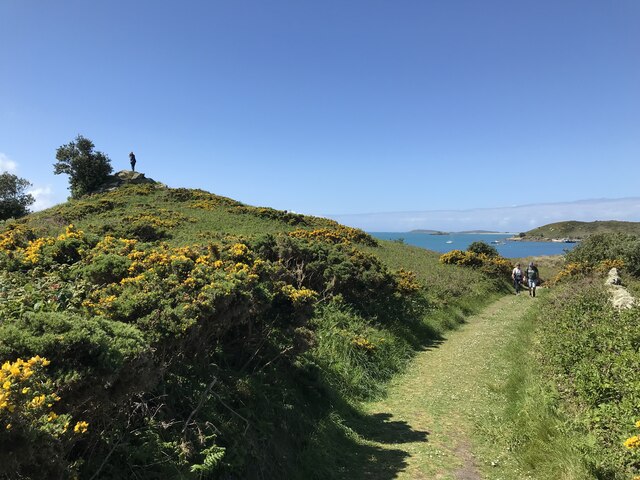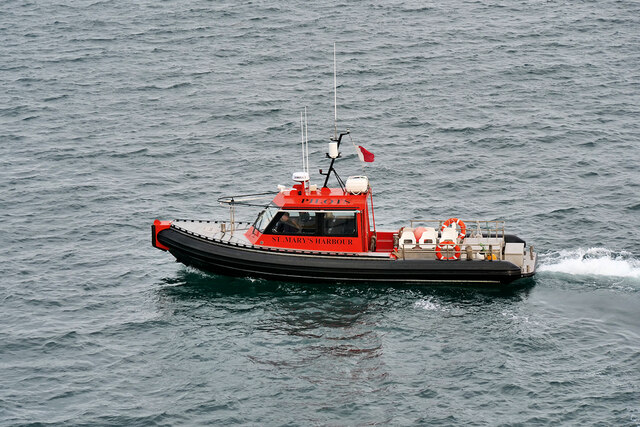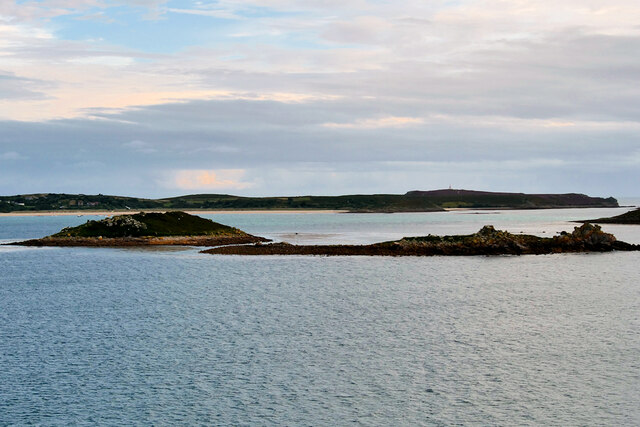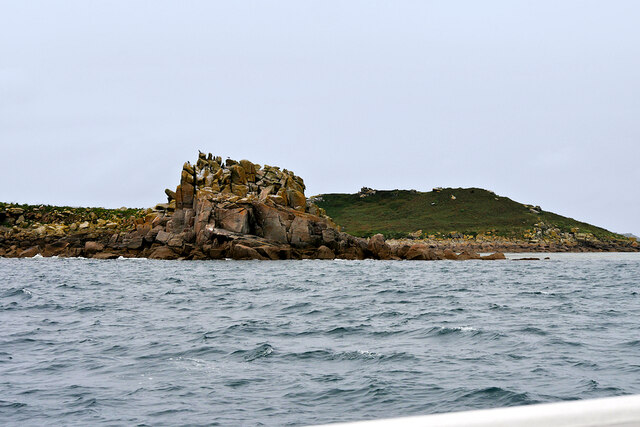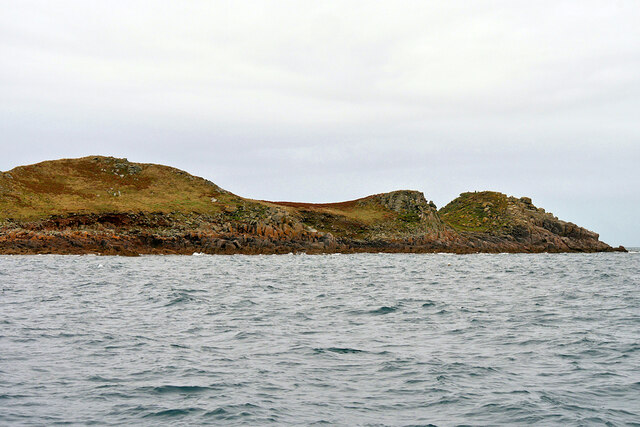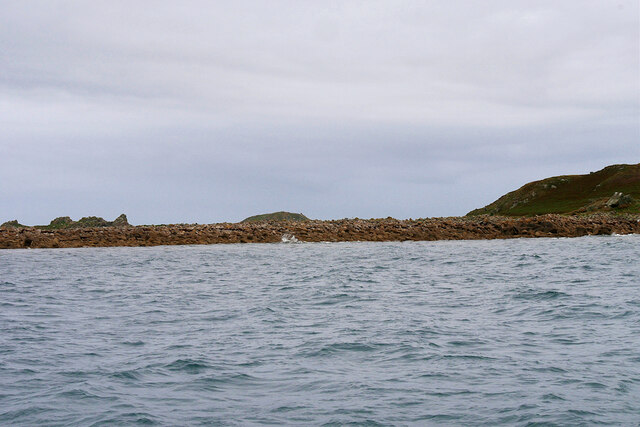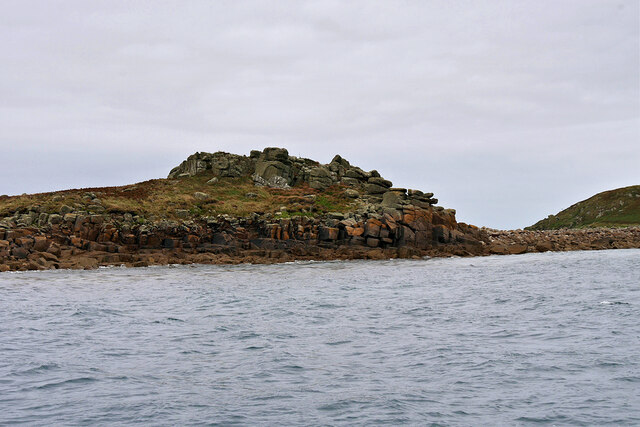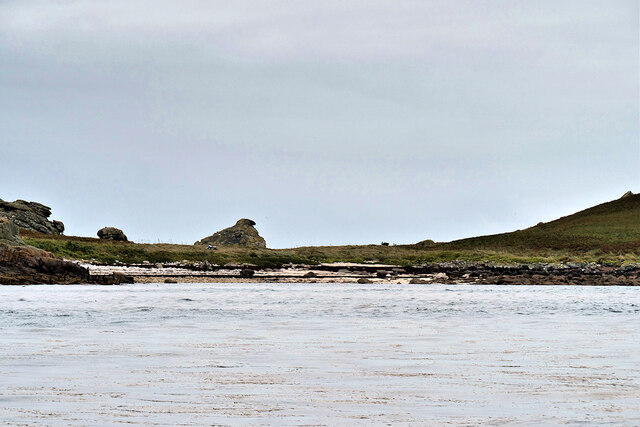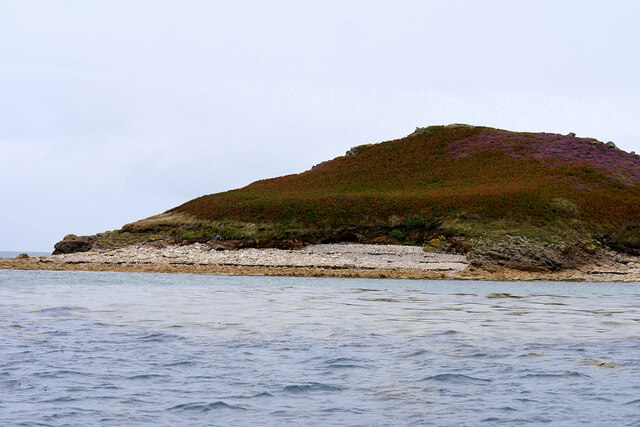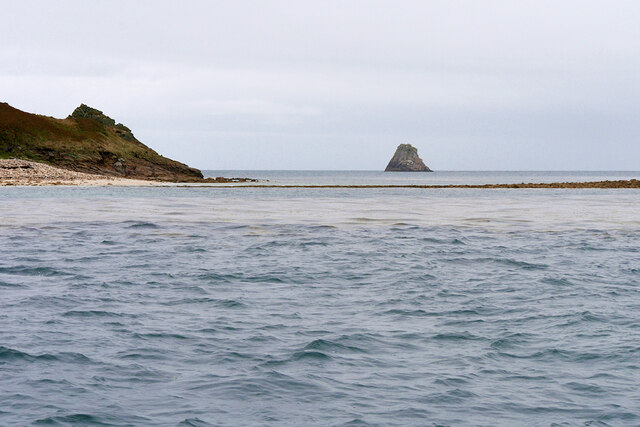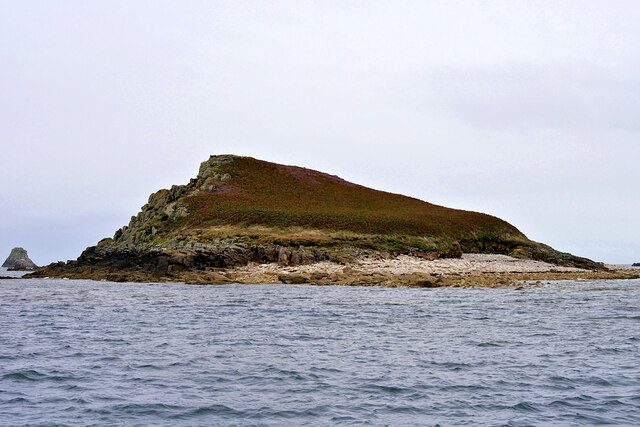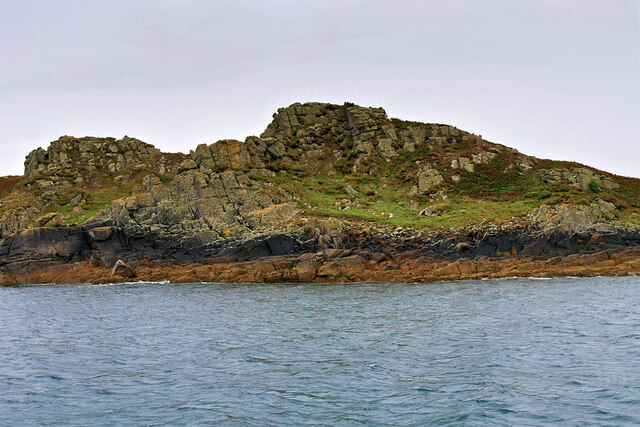Ganilly Bar
Coastal Marsh, Saltings in Cornwall
England
Ganilly Bar
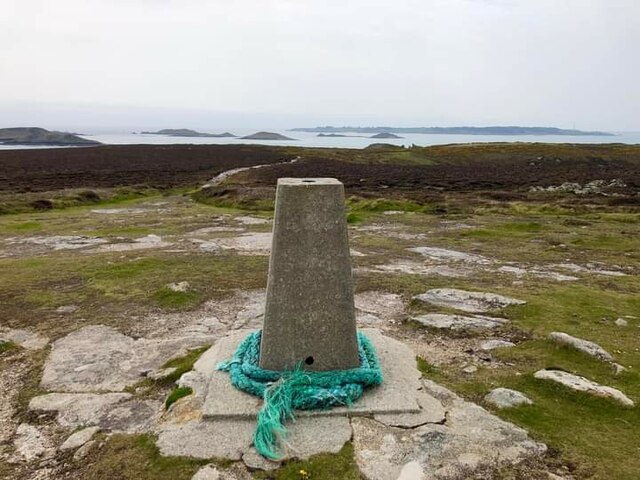
Ganilly Bar is a picturesque coastal marsh located in Cornwall, England, known for its unique ecosystem and stunning natural beauty. Situated in the region of Saltings, this area is a haven for wildlife and a popular destination for nature enthusiasts.
The marshland of Ganilly Bar is characterized by its extensive network of salt marshes, mudflats, and sand dunes, all of which provide a diverse habitat for a wide variety of plant and animal species. The area is often flooded by the tides, resulting in constantly changing landscapes and a richly fertile environment.
Visitors to Ganilly Bar can expect to see a plethora of birdlife, including wading birds such as curlews, oystercatchers, and redshanks. The marshes also attract a range of waterfowl, including brent geese and teal, particularly during the winter months. The dunes and grasslands are home to numerous insects, butterflies, and wildflowers, adding to the vibrant biodiversity of the area.
The coastal location of Ganilly Bar offers breathtaking views of the Atlantic Ocean, making it a popular spot for photographers and nature lovers alike. The serenity of the marshes, coupled with the sound of crashing waves, creates a tranquil atmosphere that is perfect for relaxation and contemplation.
In addition to its natural beauty, Ganilly Bar is also a site of historical importance. The area has evidence of human habitation dating back to the Bronze Age, with archaeological finds revealing ancient burial mounds and artifacts.
Overall, Ganilly Bar in Cornwall is a captivating destination that showcases the beauty and diversity of coastal marshlands. Its rich wildlife, stunning views, and historical significance make it an ideal place for exploration and appreciation of the natural world.
If you have any feedback on the listing, please let us know in the comments section below.
Ganilly Bar Images
Images are sourced within 2km of 49.951934/-6.2692107 or Grid Reference SV9314. Thanks to Geograph Open Source API. All images are credited.
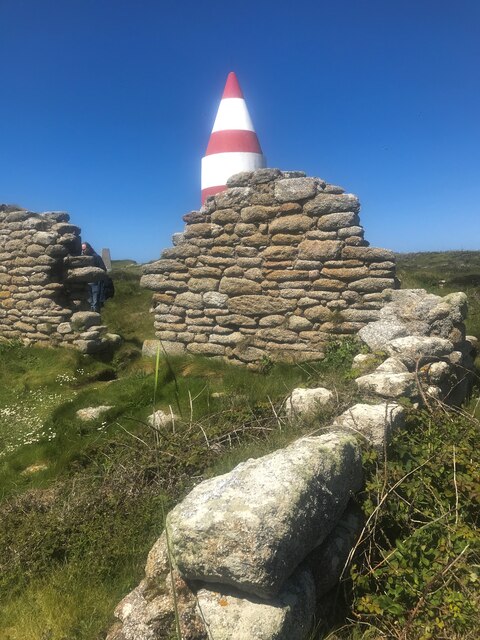
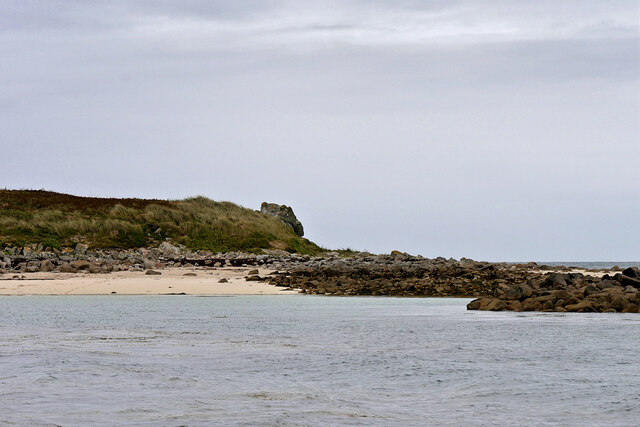
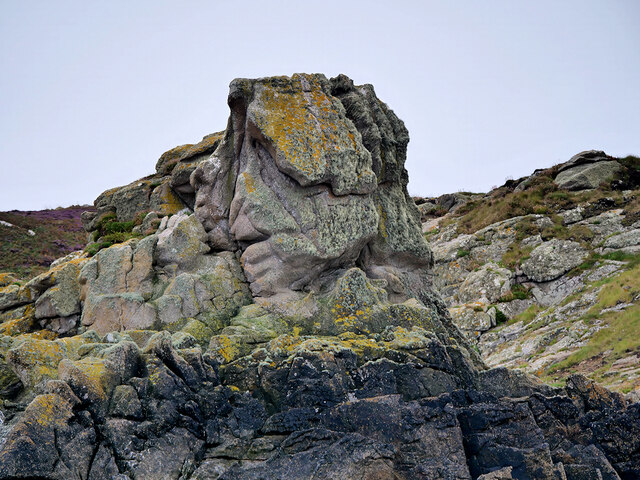
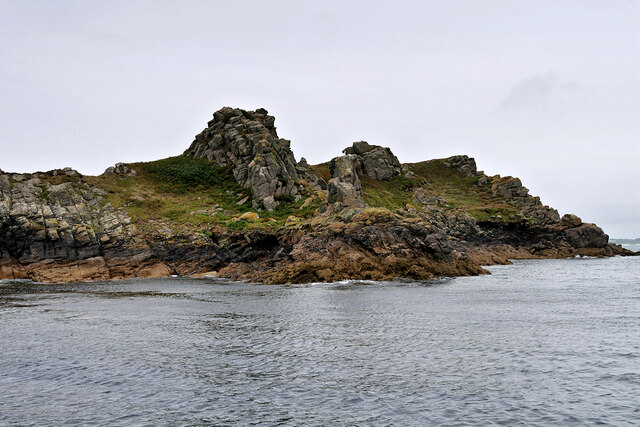
Ganilly Bar is located at Grid Ref: SV9314 (Lat: 49.951934, Lng: -6.2692107)
Division: Isles of Scilly
Unitary Authority: Isles of Scilly
Police Authority: Devon and Cornwall
What 3 Words
///carefully.poster.houseboat. Near St Martin's, Isles of Scilly
Nearby Locations
Related Wikis
Great Ganilly
Great Ganilly ( gə-NIL-ee; Cornish: Goonhyli Veur, lit. 'great saltwater downs') is one of the Eastern Isles of the Isles of Scilly. It has a maximum total...
Eastern Isles
The Eastern Isles (Cornish: Enesow Goonhyli, islands of the salt water downs) are a group of twelve small uninhabited islands within the Isles of Scilly...
Wheel Wreck
The Wheel Wreck is the remains of a shipwreck lying in Crow sound off Little Ganinick in the Isles of Scilly. The wreck site consists of a discrete mound...
PS Earl of Arran (1860)
PS Earl of Arran was a passenger vessel operated by the Ardrossan Steamboat Company from 1860 to 1871 and the West Cornwall Steam Ship Company from 1871...
Nearby Amenities
Located within 500m of 49.951934,-6.2692107Have you been to Ganilly Bar?
Leave your review of Ganilly Bar below (or comments, questions and feedback).
